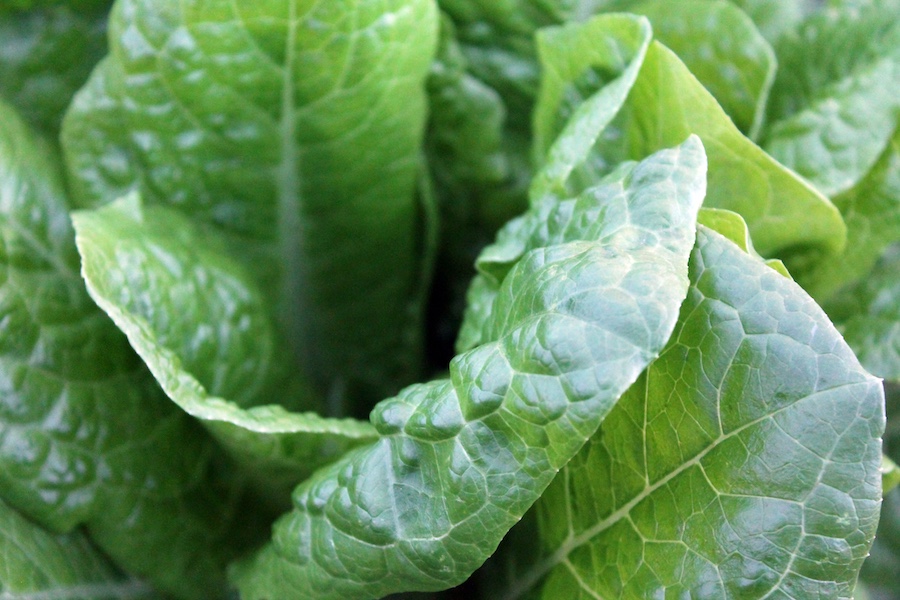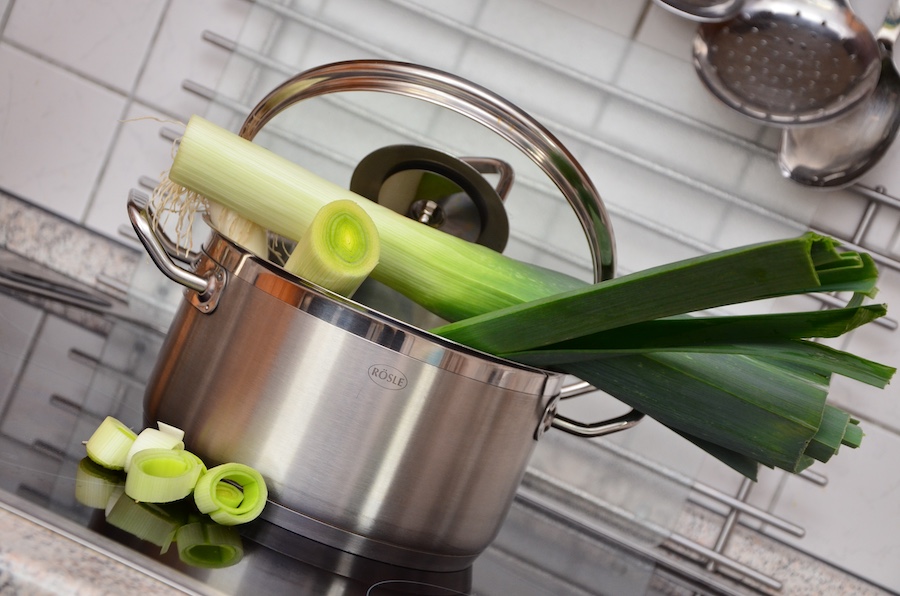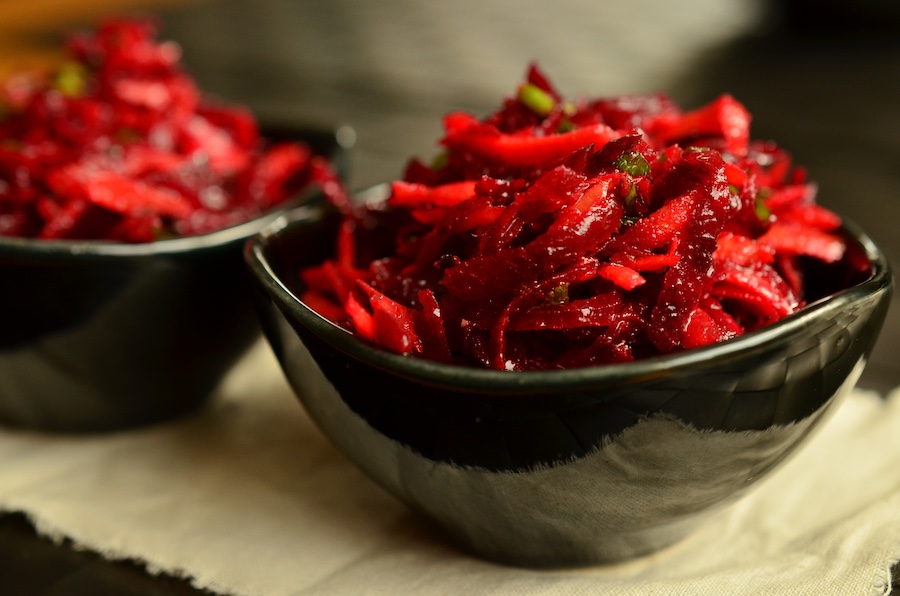As Autumn unfolds, it’s time to prepare our gardens for winter. Great Barrier Island’s unique coastal environment presents specific challenges, from sandy soils and sea spray on the east coast around Medlands to the damp, windy conditions on the west coast. Here’s your comprehensive guide to making the most of your garden this season, including what to plant, how to protect your crops, tips for preservation, and ways to combat pests and wildlife. Basically anything you plant is best in a raised bed, but some varieties will require deeper beds, and richer soil.
What to Plant
Leafy Greens:
- Spinach: Grows well in cooler temperatures. Start seeds indoors or in a greenhouse and transplant seedlings into raised beds.
- Kale: Hardy and frost-resistant. Ideal for continual harvesting. Plant in raised beds with rich compost.
- Lettuce: Cold-tolerant varieties like butterhead or romaine do well. Use raised beds with nutrient-rich soil.
- Silverbeet (Swiss Chard): Resilient and can be harvested over a long period. Best grown in raised beds.

Root Vegetables:
- Carrots: Suitable for sandy soils. Plant in deep raised beds with loose, well-drained soil.
- Beetroot: Provides both roots and greens. Mulch well to protect from frost and grow in raised beds.
- Radishes: Fast-growing, perfect for succession planting. Use raised beds.
- Turnips: Hardy and versatile. Ideal for sandy soils, plant in deep raised beds.
Brassicas:
- Broccoli: Prefers cooler temperatures and can produce well into winter. Grow in raised beds with rich compost.
- Cabbage: Cold-hardy and suitable for long-term storage. Raised beds with nutrient-rich soil are best.
- Cauliflower: Needs care but thrives in cooler weather. Protect with frost cloths if needed and plant in raised beds.
- Brussels Sprouts: Requires a long growing season, well-suited to cool climates. Use raised beds.
Have We Missed Anything?
Share your autumn gardening tips! Email us at editor@aoteagbi.news or jump into the comments section to join the conversation!
Alliums:
- Garlic: Plant in autumn for a summer harvest. Raised beds with well-drained soil.
- Leeks: Ideal for planting in autumn and harvesting throughout winter. Use deep raised beds.
- Onions: Plant in late autumn. Use well-drained soil in raised beds and ensure they get plenty of sunlight.

Legumes:
- Peas: Snow peas and snap peas are ideal for cooler weather. Grow in raised beds with supports for climbing.
Herbs:
- Parsley: Hardy and continues to grow in cooler weather. Plant in raised beds.
- Cilantro (Coriander): Prefers cooler temperatures and can thrive in raised beds.
Tips for Planting and Growing
Soil Preparation:
- Enrichment: Add compost, well-rotted manure, or organic matter to sandy soils to improve fertility and moisture retention.
- Raised Beds: Use raised beds for better drainage, warmth, and to create a deeper soil profile. This is especially important on the east coast with sandy soils.
Dealing with Coastal Challenges:
- Salt Tolerance: Select salt-tolerant plants like kale and silverbeet for areas exposed to sea spray.
- Windbreaks: Use hedges, temporary fencing, or windbreaks to protect plants from strong winds, especially on the west coast.

Light and Moisture Management:
- West Coast: Ensure good air circulation to prevent fungal issues in damp conditions. Select hardy, shade-tolerant vegetables.
- East Coast: Regularly water and mulch to retain soil moisture in sandy soils. Raised beds can help mitigate the effects of salt spray.
Pest and Wildlife Protection:
- Netting: Use netting or wire mesh to protect plants from birds. Secure the netting tightly to prevent birds from accessing the crops.
- Fencing: Install sturdy fencing around your garden to deter rabbits and wild pigs. Use fine mesh or wire to prevent smaller pests from entering.
- Raised Beds and Containers: Raised beds and containers not only improve soil conditions but also help protect plants from ground-dwelling pests.
Harvest and Preservation
Harvesting:
- Regularly pick leafy greens to encourage continuous growth. This is crucial for crops like spinach and kale.
- Harvest root vegetables as needed to prevent them from becoming woody or splitting. Carrots and beetroot can be left in the ground until you’re ready to use them.

Preserving Your Harvest:
- Freezing: Most leafy greens and herbs can be blanched and frozen. This method retains their nutrients and flavors.
- Bottling/ Jarring: Ideal for preserving beetroot and other root vegetables. Ensure you use proper canning techniques to prevent spoilage.
- Drying: Herbs like parsley and cilantro can be dried and stored in airtight containers for long-term use.
By following these tips and utilising the unique conditions of Aotea to your advantage, you can maintain a productive and thriving garden throughout autumn and winter. Happy gardening!







